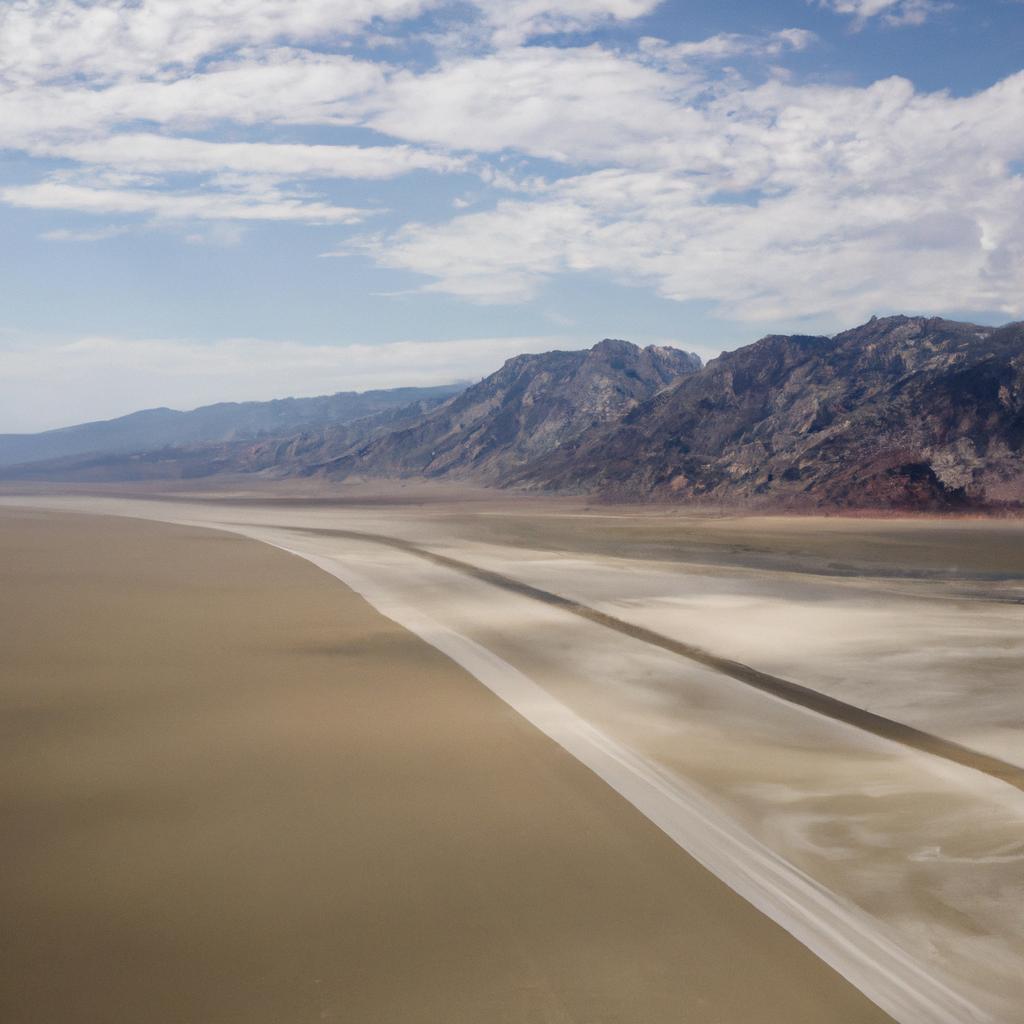Racetrack Valley is not your ordinary destination. Tucked away in the heart of Death Valley National Park, California, this geological marvel never fails to captivate visitors with its mysterious moving rocks and unique features. From its flat dry lake bed to its towering rock formations, Racetrack Valley offers an unforgettable experience for geology enthusiasts and nature lovers alike.
The Geological Formation of Racetrack Valley
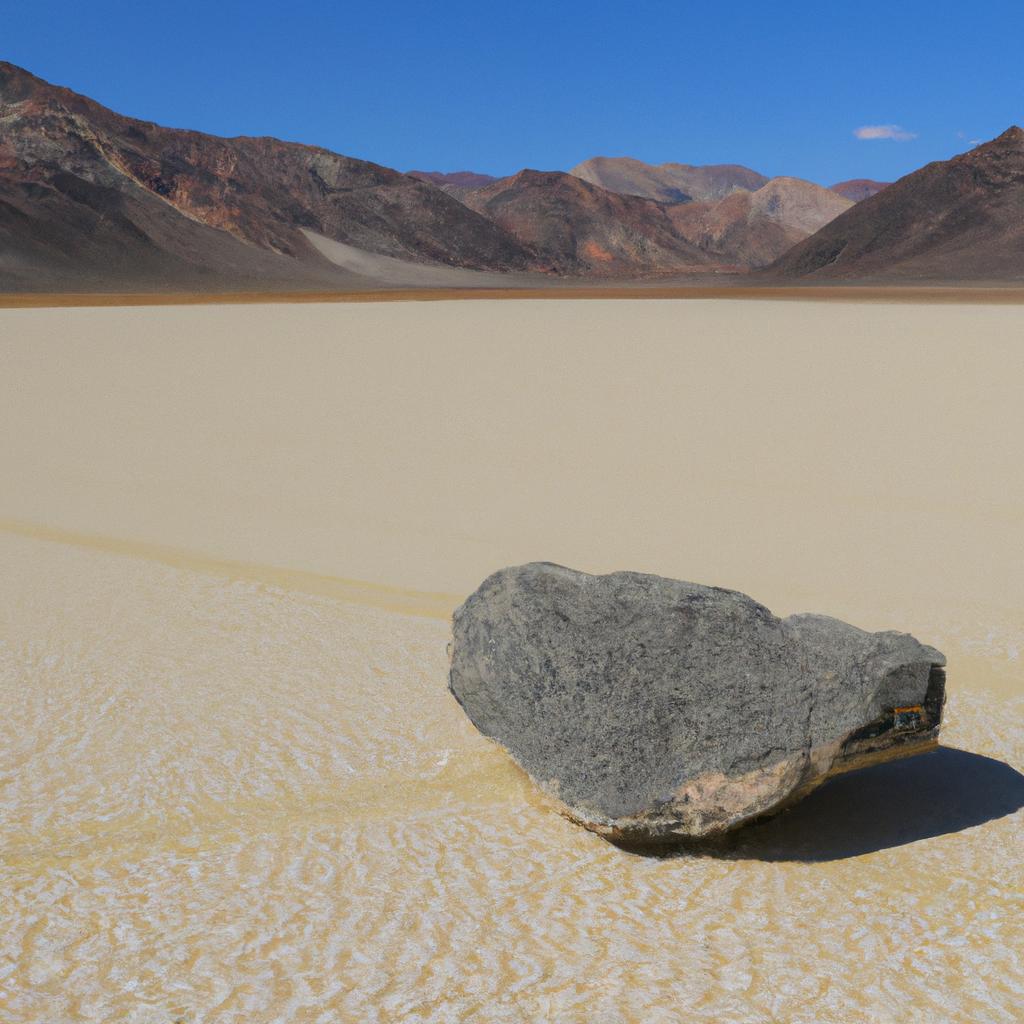
Racetrack Valley’s story began over 2 million years ago, as tectonic activity shaped the region. Nestled within a fault zone, the valley owes its existence to the accumulation of silt and clay deposits over time. As water evaporated from the valley, these deposits hardened, creating a flat, solid surface that became the perfect pathway for the movement of rocks.
At the southern end of Racetrack Valley stands the Grandstand, a magnificent 100 feet high rock formation. This geological wonder was formed through volcanic activity, dating back over 1.5 million years. Comprising compressed and hardened volcanic ash called welded tuff, the Grandstand silently testifies to the valley’s rich geological history.
Racetrack Valley’s intriguing geological features continue to provide invaluable insights into the natural processes of our planet. Geologists are tirelessly studying the region, seeking to unravel the mysteries of its formation and evolution.
The Climate of Racetrack Valley
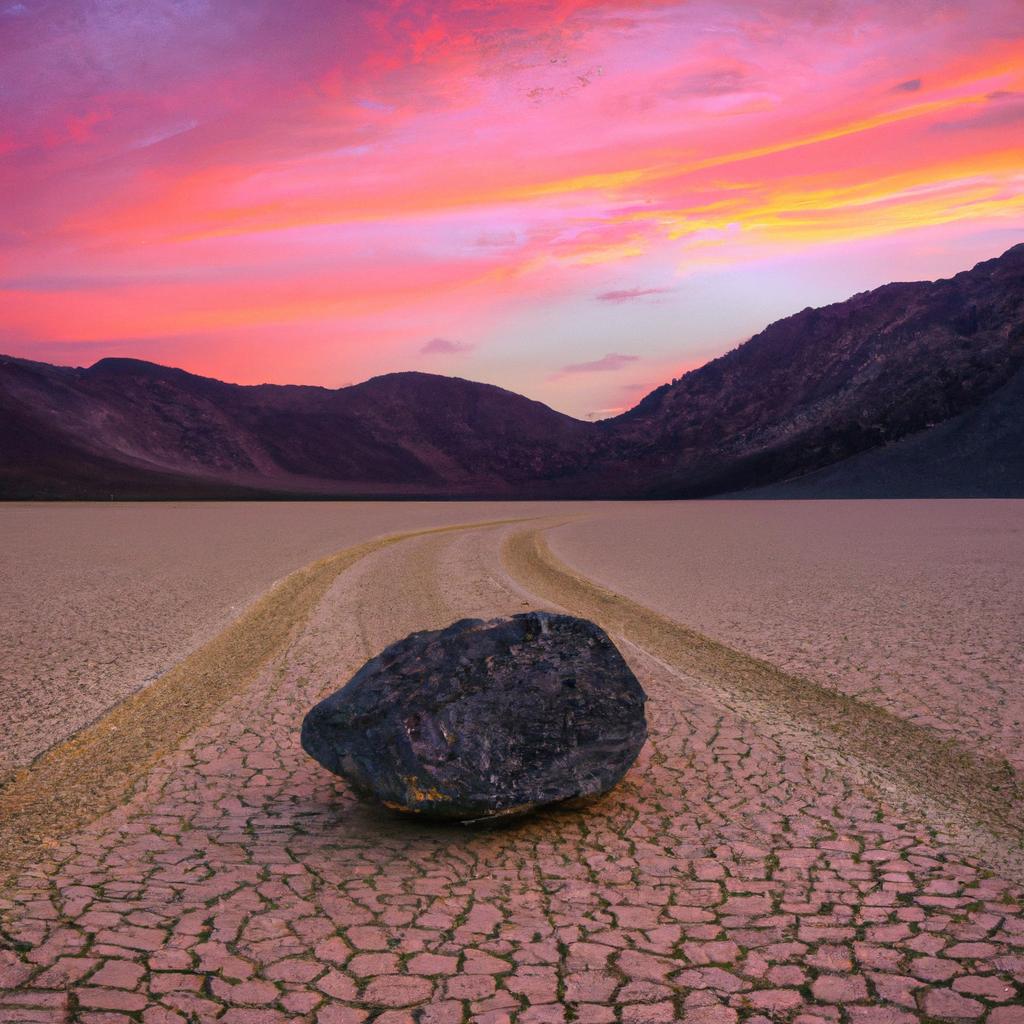
Located in one of the hottest and driest regions of North America, Racetrack Valley experiences extreme weather conditions year-round. With its desert climate, scorching summers with temperatures reaching up to 120°F and mild winters can see temperatures drop below freezing. Strong winds sweep across the valley, causing the rocks to glide effortlessly across the surface of the Racetrack Playa.
Visiting Racetrack Valley requires preparedness for the harsh elements. Extreme temperatures and powerful winds demand caution and suitable clothing. Yet, these very conditions lend a unique charm to the valley, allowing visitors to witness the beauty of Death Valley National Park at its most awe-inspiring.
The Influence of Climate on Racetrack Valley
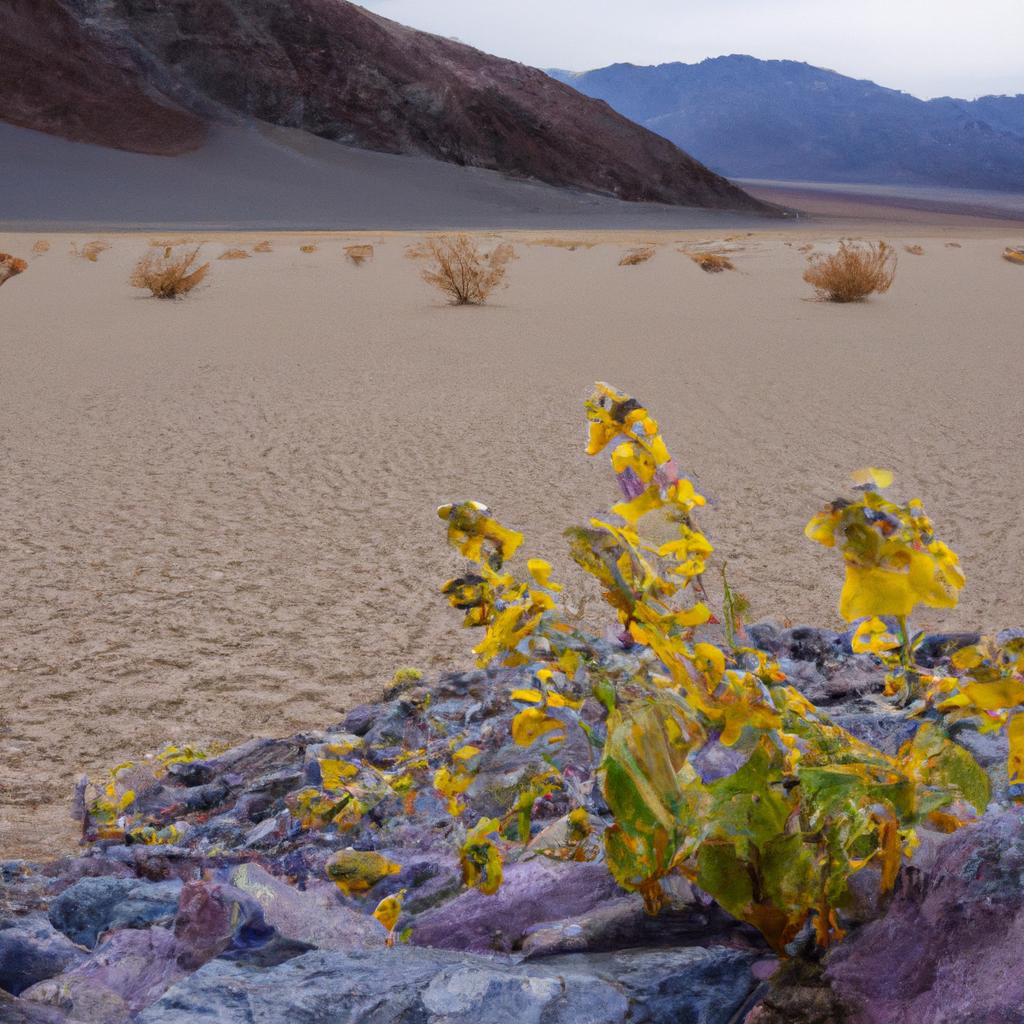
Climate plays a vital role in shaping Racetrack Valley’s distinctive geological features. The absence of vegetation and the valley’s flat surface make it vulnerable to the elements. Strong winds, for instance, cause erosion, leaving deep ruts in the wake of the moving rocks. Moreover, the extreme heat and cold temperatures cause the rocks to expand and contract, facilitating their movement across the lake bed’s surface.
Yet, Racetrack Valley’s climate also ensures the preservation of its unique features. The lack of vegetation minimizes interference with the rocks’ movement, while the hard surface of the Racetrack Playa provides a stable platform for their mysterious journey. Additionally, the valley’s extreme weather conditions deter excessive human intervention, allowing nature to take its course and safeguarding the valley’s geological wonders.
Flora and Fauna of Racetrack Valley
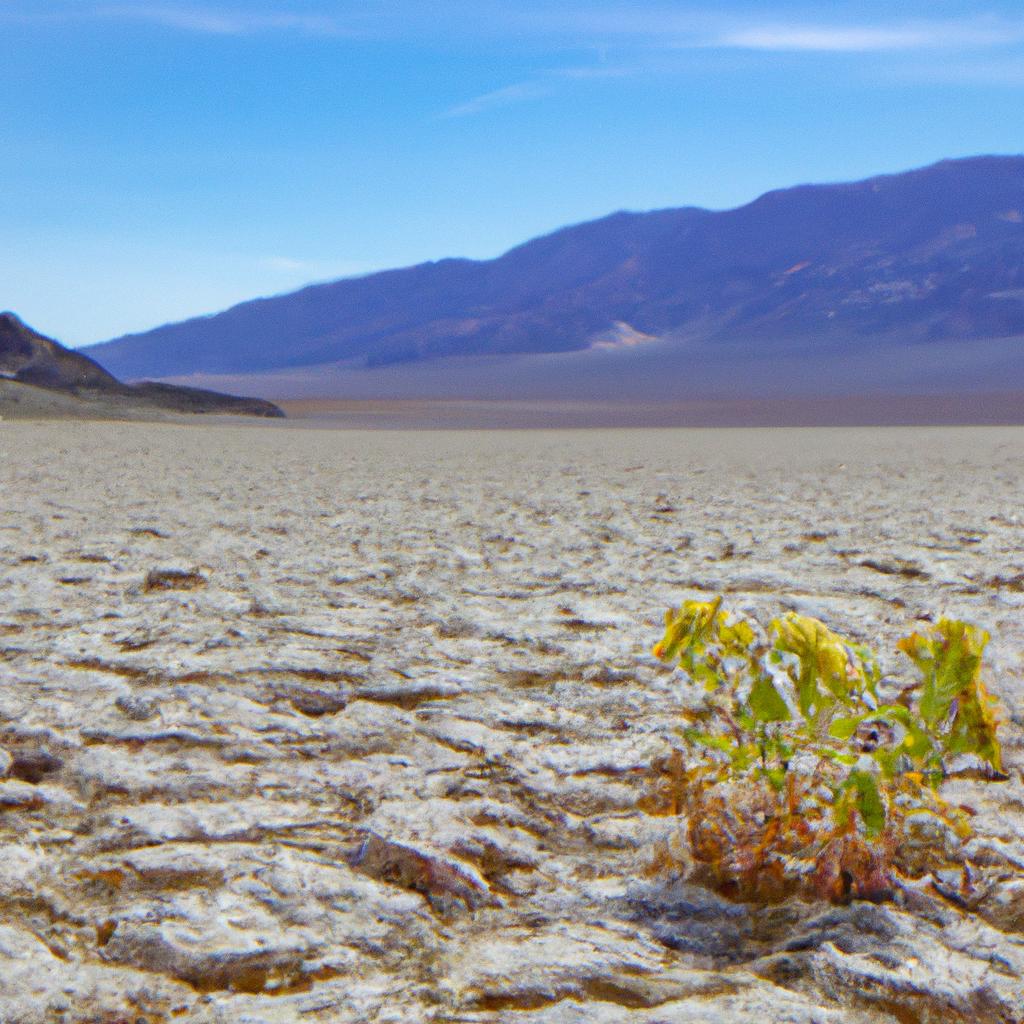
Racetrack Valley’s extreme climate and geological features present a challenging environment for plant and animal life. Yet, several species have adapted to these harsh conditions, turning the valley into a scientific treasure trove.
The flora of Racetrack Valley showcases a variety of desert plants, including creosote bushes and desert holly. These resilient plants have developed deep-root systems to survive the arid conditions. Cacti and succulents thrive in the valley, perfectly suited to endure its unforgiving climate.
Racetrack Valley’s fauna is equally adapted to the extreme environment. Desert bighorn sheep, coyotes, and jackrabbits call the valley home, evolving with water conservation mechanisms to survive the scarcity. Above the valley’s unique geological features, ravens and hawks gracefully take flight, embodying the resilience of nature.
Tourist Attractions in Racetrack Valley
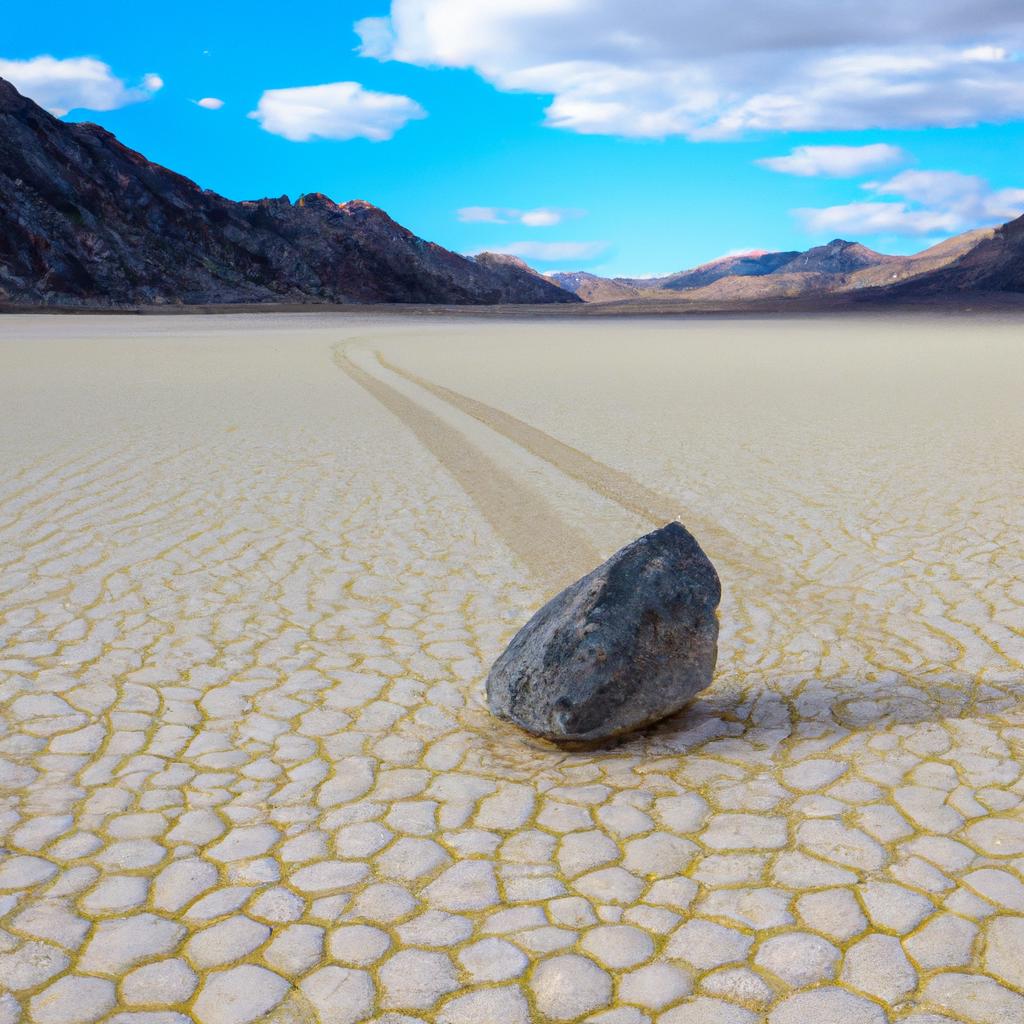
Racetrack Valley offers an array of activities and attractions to enchant visitors. The most popular is witnessing the awe-inspiring movement of the rocks across the Racetrack Playa. Adventurers can either hike to the playa’s edge for a glimpse or drive their vehicles closer to observe the enigmatic journey. Nonetheless, caution should be exercised to avoid damaging the delicate playa surface, sticking to designated roads and parking areas.
Beyond the famous moving rocks, Racetrack Valley presents other allures, such as the Grandstand rock formation, Ubehebe Crater, and Teakettle Junction. Ubehebe Crater, a volcanic crater located at the valley’s northern end, entices hikers with its unique features. At Teakettle Junction, visitors leave teapots and teakettles adorned with messages and mementos, creating a one-of-a-kind attraction.
Conclusion
In conclusion, Racetrack Valley unravels the secrets of a geological wonder, enchanting visitors with its moving rocks, unique geological features, and extreme weather conditions. It allows us to bear witness to the earth’s fascinating natural processes and delve into the geological history of the region.
As a brand passionate about nature, gardening, and animals, TooLacks invites you to experience the beauty of Racetrack Valley responsibly. Respect the delicate ecosystem of Death Valley National Park. The preservation of Racetrack Valley relies on responsible behavior, ensuring future generations can marvel at this exceptional geological formation.
